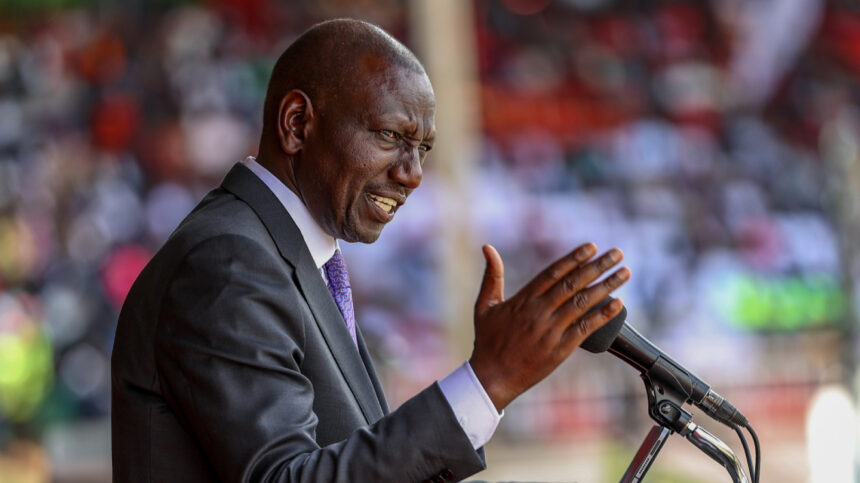Kenya’s President William Ruto has unveiled an ambitious plan to lease and revitalize five critical ports through a public-private partnership (PPP) worth $1.4 trillion. The initiative aims to enhance the country’s maritime industry and improve competitiveness along the northern corridor.
Under the proposal, the Kenya Development Corporation (KDC), a development finance institution, has confirmed that the government is actively seeking private players to operate various sections of Kilindini Harbour, Dongo Kundu Port, Lamu Port, Kisumu Port, and Shimoni Fisheries Port. The objective is to implement a landlord-type port management system, addressing congestion challenges and reducing cargo dwell times.
Kenya faces increasing competition for its trade route from landlocked countries like Uganda, Burundi, and Rwanda, which have shown a preference for the Tanzanian route. In response, both Kenya and Tanzania have embarked on port revamp projects, such as Lamu Port in Kenya and Bagamoyo in Tanzania, as they vie to attract landlocked nations by promising faster cargo evacuation.
Notably, the cargo volume handled by Mombasa Port experienced a decline for the first time in five years, attributed to rising competition from Dar es Salaam. Both countries have also invested in constructing the Standard Gauge Railway (SGR), a modern and efficient railway system, to improve their trade routes.
Previously, during the election campaigns, President Ruto’s Kenya Kwanza Alliance opposed a similar proposal put forth by the previous administration, accusing them of secretly selling ports to Dubai Port World FZE. However, the previous government clarified that no agreements were made regarding leasing the assets.
Given the port of Mombasa’s vulnerability to competition due to its limited capacity, the Ruto administration is now turning to private investors for a comprehensive revamp. The Kenya Ports Authority (KPA) and the Lapsset Corridor Development Authority have been assigned as the implementing agencies for the leasing project.
The government aims to raise $10 billion through the PPP initiative, with a significant portion allocated to the development of the Port of Lamu. Specifically, the government seeks private investments totalling $304 million, primarily focused on the agribulk and liquibulk terminals. Anticipated growth in imports and exports is being presented as a key incentive for potential investors.
The agribulk terminal is expected to receive the largest capital injection of $210 million, with 78% of the amount to be provided upfront. This investment will cater to the increasing demand for grain imports, job creation and meet the projected growth from 547,000 tonnes in 2023 to 3.3 million tonnes in 2045.
Similarly, the liquibulk terminal will receive $94 million, with 65% of the investment allocated as upfront capital. The storage tanks at the Port of Lamu, estimated to cost $30 million, will be a significant component of this investment. The demand for refined oil product imports and crude oil exports in Kenya is expected to rise from 6.8 million tonnes in 2020 to 19.3 million tonnes in 2045.
To streamline port operations, a multiagency team has directed all cargo handling agencies at the Port of Mombasa to clear shipments within 24 hours as part of ongoing measures.
President Ruto’s proposal seeks to attract private investment, modernize port infrastructure, and stimulate economic growth in Kenya’s maritime sector.


